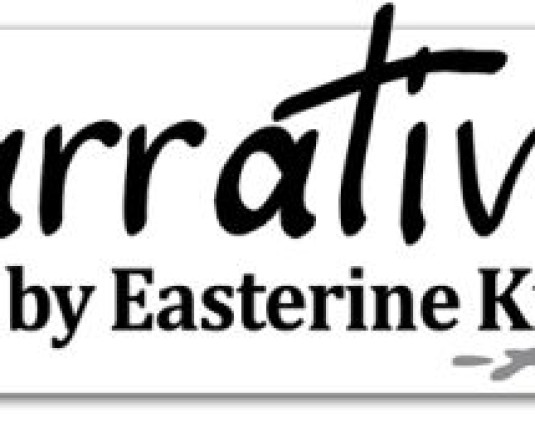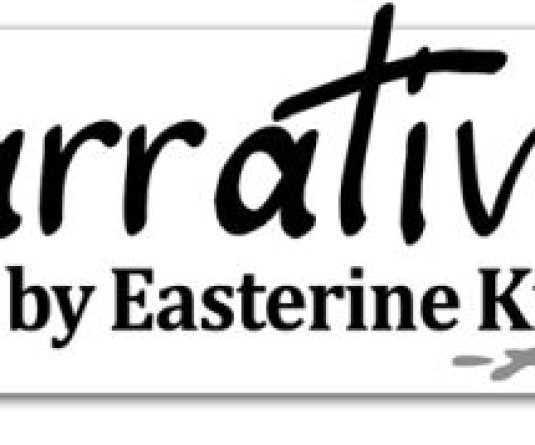
Author: Jim Wungramyao Kasom, pp 200
Jim Wungramyao Kasom, born in Ukhrul, Manipur, living now in New Delhi has launched his third book, ‘The Last Free Naga’ (Speaking Tiger), a collection of short stories. His first two books are: Homecoming & Other Stories and Cradling Memories of My Land. Jim has an MA in Mass Communication from AJK MCRC, Jamia, and works as a development communication specialist.
‘The Last Free Naga’ opens with the story, ‘Season of Cicadas.’ For a reader from the Northeast, a long pause is relevant here. To recollect the song of the cicada, to place it in its right season, and resuscitate the cacophonous music tickles memory banks of those who grew up with the cicada song as a time marker, a going-home-time marker. ‘The sky, speckled with shades of gold,’ ‘the third entity, the unspoken one – the Khangayei’ – ah the luxury of reading a poet writing prose and bringing home the beauty and the mystery of life in our mountains! My spirit is glad that Kasom pulls the reader in from the beginning with this tale of a feared mythic creature that the unlucky encountered if they were so careless as to be caught out in the woods after dusk. This is what the indigenous imagination is made up of. There is undoubting acceptance of a world other than the human world and its members that share space with humans. The idea that Kasom puts forward in this story is the pre-existence of the Khangayei as a human – could it possibly be the missing young man in the newspaper notice? Has he now metamorphosed into his present non-human state? This is an explanation that has been heard about missing persons in other Naga tribes. In the 80s, a man went missing and soon, a story emerged that that he had become a bear. Before laughing at the incredulity, pity the loved ones who want such a story to be true so they can find closure. In the dark evenings where Electricity is not a constant, and undefinable figures appear on the home path, who is to say they don’t exist?
In the second story, ‘The mountain Man,’ it takes a horrific bear attack to convince the protagonist of the preciousness of life and the sense there is in giving up the only life he has known, that of a hunter. The parallel story of the bear who transforms into a man in order to marry a beautiful girl backgrounds the story. Life in his remote village is hard and isolated and it makes the hunter feel he is the bear that has stolen the maiden Leiya away. The intermingling of myth and reality is smoothly achieved by the writer.
The commonality (not banality) that loosely tie the stories of mountain people is a theme that underlies the tales. At the same time, it is clear that each tribe has its own unique and individual ownership over the story as names change, landscapes alter, and the outcome of the action differs from tribe to tribe. And very clearly so in this book. The landscape is mountainous and harsh, parted by raging rapids of rivers, and rockface cliffs as old as time. Repeatedly, it chases its young away, into far away cities in search of education, jobs, a better life, peace, mostly.
Kasom writes of the old myths that any mountain grown member of the tribe should know, and the old myths make room for the new that are being born out of everyday experiences, the realities that they see each day. The new myth is what the title story unfolds – the Naga waking nightmare of a decades old unsolvable war.
‘I believe no generation of my people had to live through some of the things we had to. We were in the middle of the Naga national movement. At the same time, we were preparing to step into the modern world. ‘ It is a story that Nagas carry in their skin.
Lives in Manipur, like rivers and rivulets, converge and meet in the plains of Imphal. Many lives intersected here, at the crossroads of life and death, chaos and corruption. It’s a hard place for anyone aiming to live a simple life. Even living as a recluse has a price.
Under the AFSPA, life in Imphal becomes as cheap as the goods that come from Moreh, the Indo-Myanmar border town. It’s as if all lives manufactured here come with a finite warranty
Read ‘Salt’. It is a gut-wrenching story that will make you understand the line:
‘I wanted to carry the pride and freedom of my forefathers without the guilt of having to kill.’
These are not pretty stories; they are real, and hard-hitting and grimy with their severe truths.
They capture complexities of village life such as conflicts over land boundaries, a boy who loses his beloved dog, another boy heartsick at leaving his village home to study and live in town, and the inroads that modernity relentlessly makes into lives, a story of heartbreak and first love, and closure for a mother when her son’s remains are finally brought home. Here are brave and hard silence-breaking stories, the stories that those who have lived under the shadow of political silence no longer dare tell. But they will come out, all on a dark evening, and they do. Jim Kasom gives them safe and necessary passage. It is part of the ‘grieving and healing’ as the author says. May the healing begin.






